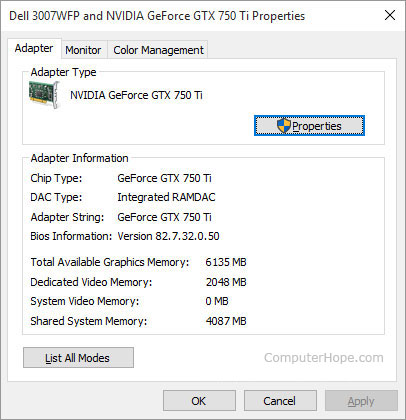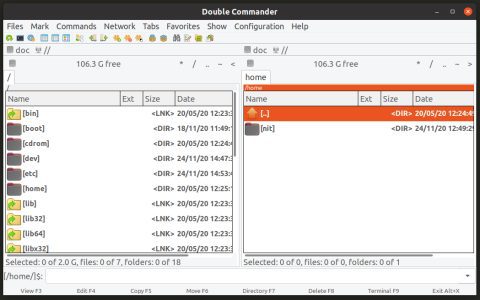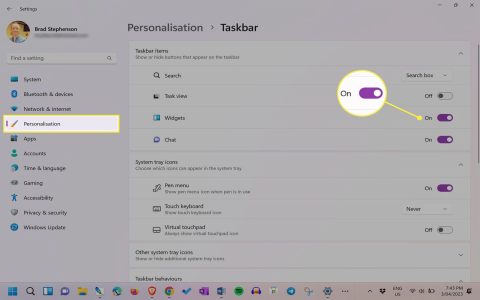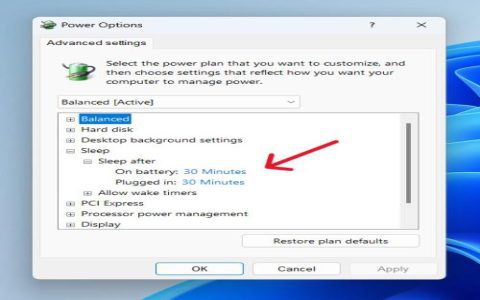GB in GPUs refers to gigabytes of VRAM (Video Random Access Memory), a dedicated memory pool that stores textures, geometry data, shaders, and frame buffers during rendering. Higher VRAM capacities directly enhance rendering fidelity and detail through:
Optimized Texture Handling
Large textures (4K/8K) consume significant memory. Ample GB prevents texture thrashing, enabling:
- Higher-resolution textures without compression artifacts
- Simultaneous loading of diverse texture sets
- Detailed material properties (PBR workflows)
Complex Scene Management
Scenes with high polygon counts, dense foliage, or expansive environments require substantial VRAM:

- Stores entire geometry datasets without frequent CPU-GPU swaps
- Enables detailed tessellation and displacement mapping
- Reduces pop-in for open-world games
Advanced Rendering Techniques
Post-processing and modern effects leverage VRAM for intermediate buffers:
- Higher-resolution shadow maps and cascades
- Deeper samples for ray-traced reflections/global illumination
- Multi-pass rendering (e.g., deferred shading G-buffers)
Resolution Scaling
Higher display resolutions (1440p/4K+) multiply frame buffer demands:
- 4K framebuffers require ~47MB uncompressed (×3-4 with MSAA)
- VRAM headroom prevents render target overflows
Consequences of Insufficient VRAM
GPUs with limited GB experience:
- Texture streaming stalls causing stuttering
- Automatic LOD/detail reduction
- Resolution downgrades for RT effects
Thus, GPU memory directly scales with achievable visual complexity and stability.












